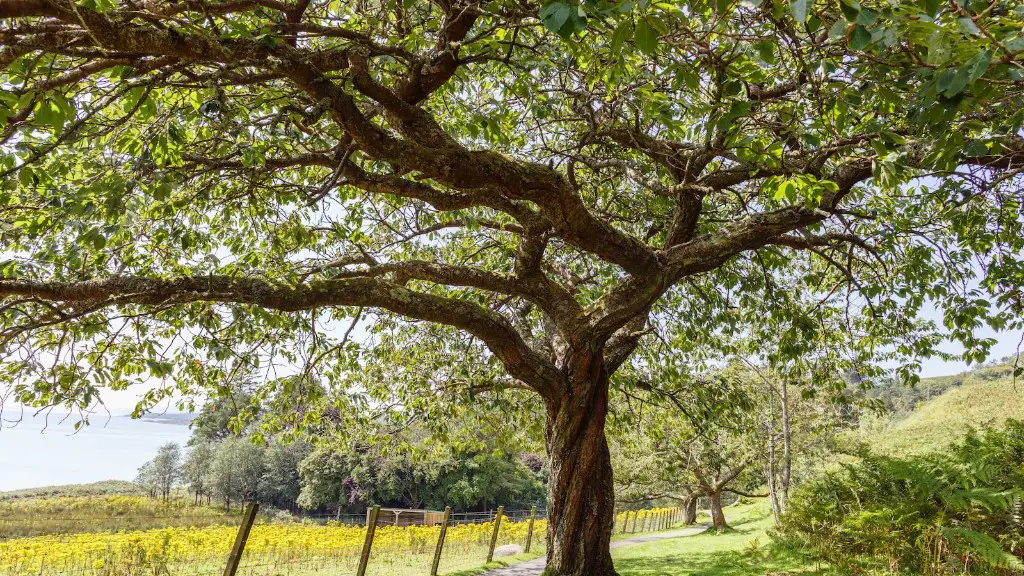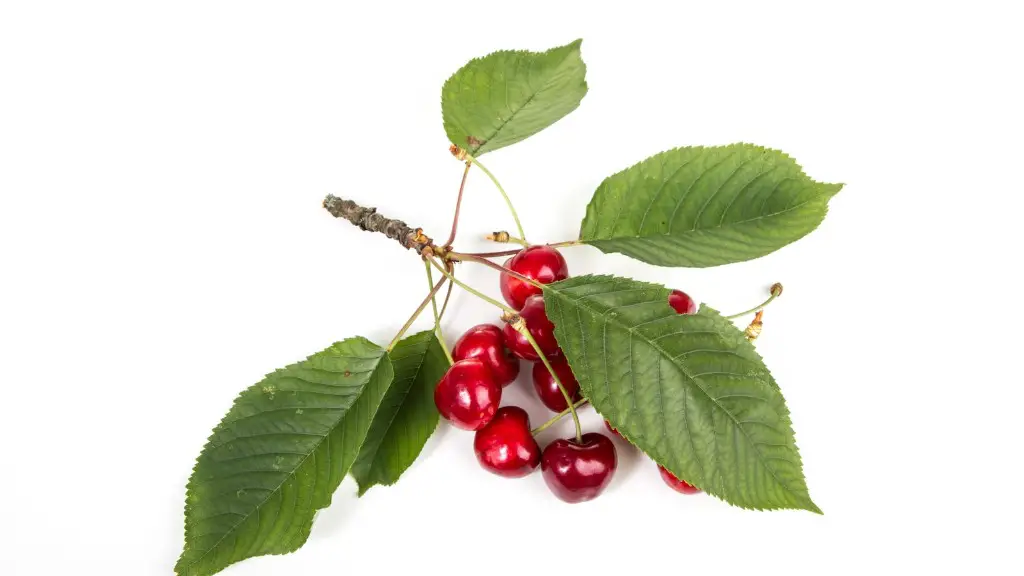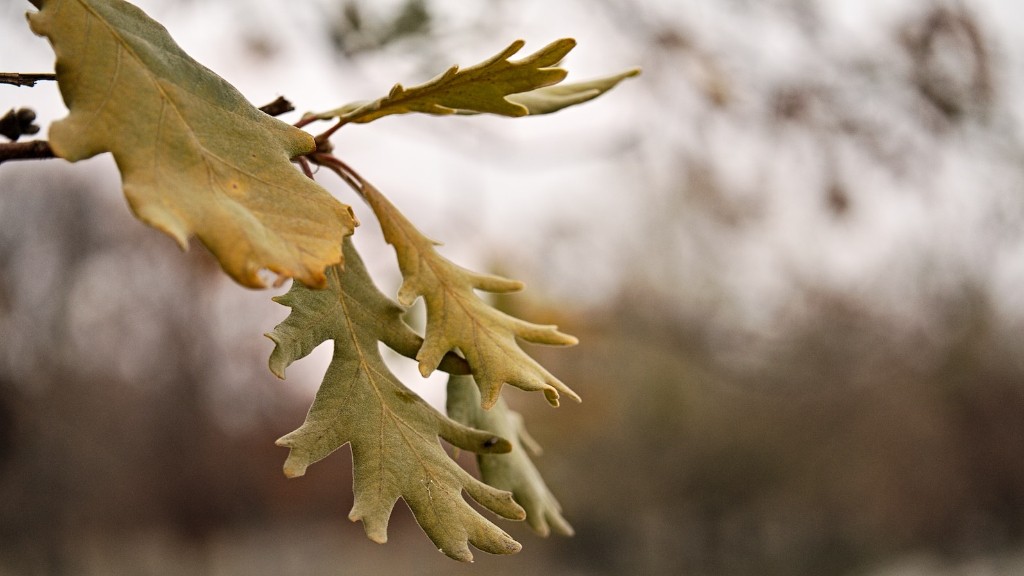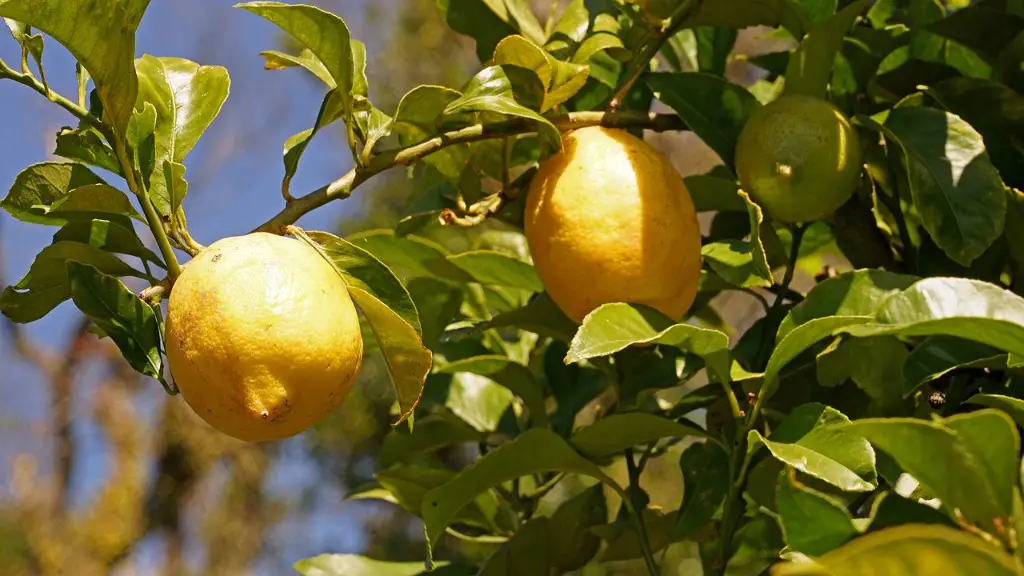Product Overview
A dwarf cherry tree is a dwarf variety of the much-loved sweet cherry tree. It was developed by a group of horticulturalists and is an ideal option for small spaces or yards since it only grows from 5 to 8 feet tall and wide. It will still yield full-size cherries which are sweet and juicy, but the tree’s compact size makes it easier to prune and maintain compared to its larger counterparts.
The dwarf cherry tree is highly versatile and can be kept in a container, planted directly in the ground, or grafted onto a larger root stock. It is a popular choice among gardeners because it requires minimal resources to maintain, is easy to prune, and provides ample shade and privacy.
Favorable Growing Conditions
In order for a dwarf cherry tree to reach its full height potential, the growing conditions should be favorable. Dwarf cherry trees prefer well-drained soil, especially if they are planted in the ground. If they are kept in a container, a high-quality potting soil should be used and amended with soil amendments and organic fertilizer to encourage healthy growth. Dwarf cherry trees are generally hardy in USDA plant hardiness zones 5 through 8.
Proper sun exposure is also needed for a dwarf cherry tree to reach its full potential. They should receive direct sunlight for at least six hours per day, which is why a south-facing location is recommended for planting. Additionally, the soil should be kept moist but not soggy, since overwatering can cause the tree to become susceptible to disease.
Pruning
Pruning is a key factor in helping a dwarf cherry tree reach its full height potential. Pruning helps to remove dead or diseased branches, promote better airflow through the foliage, and remove any rubbing or overcrowded branches that can lead to infection or disease. Pruning should be done at the start of spring each year and should always be done carefully and with sharp tools to avoid injury or infection.
Always prune to maintain the overall shape and size of the tree, since it is important to remember that pruning will stimulate growth. The more severe the pruning is, the more vigorous the tree will be trying to re-establish growth, potentially leading to a larger tree than anticipated.
Fertilizing
Fertilizing is an essential part of helping a dwarf cherry tree grow to its full potential. Fertilizing helps to provide essential nutrients to the tree such as nitrogen, potassium and phosphorus, which encourages strong and healthy growth. Fertilizing should be done at least twice a year, usually in the spring when growth is beginning and in the fall as the tree is preparing for winter.
When fertilizing a dwarf cherry tree, a slow-release fertilizer is recommended, as it will provide a steady supply of nutrients over a long period of time. Additionally, it is important to always use a fertilizer that is specifically for fruit trees, as it will contain the exact nutrients needed for strong and healthy growth.
Pest and Disease Prevention
In order for a dwarf cherry tree to reach its full height potential, it must be able to resist or fight off pest and diseases. The most common pests that can affect dwarf cherry trees include scale insects and aphids. To help prevent these, it is important to keep the tree clean and free of weeds and debris, and to monitor it regularly for signs of infestation.
In order to prevent diseases, it is important to ensure that the tree is receiving proper sunlight, fertilization, and water. Additionally, pruning should also be done regularly to remove any undesirable or diseased branches and to improve air circulation throughout the tree.
Harvesting
Once a dwarf cherry tree has reached its height potential, the fruit is ready to be harvested. Dwarf cherry trees typically produce cherries that are slightly smaller than the traditional ones, but they will still be of excellent quality and sweetness. The cherries ripen in mid-summer and can be picked from the tree or gently tugged from the stem.
Once the cherries have been harvested, they can be used in a variety of ways such as in jams, pies, cakes, and more. Additionally, the cherries can also be frozen to be enjoyed later in the year.
How Tall Does a Dwarf Cherry Tree Get?
The typical height of a dwarf cherry tree is between 5 and 8 feet, although the exact height can vary depending on the variety, growing conditions, and the type of pruning the tree receives. There are taller varieties of dwarf cherry trees available, however, which grow up to 10 feet tall if given favorable growing conditions.
Growth Expectations
When selecting a dwarf cherry tree for planting, it is important to keep in mind the tree’s expected growth. Dwarf cherry trees should reach their full height potential within the first three to five years of growth, although some varieties may take longer.
Once a dwarf cherry tree has reached its full height potential, it is important to continue to monitor the tree’s health and to prune it regularly to ensure it stays healthy and continues to produce good-quality fruit.
Conclusion
A dwarf cherry tree is a great choice for small spaces or yards since it typically only grows from 5 to 8 feet tall and wide. It requires minimal resources to maintain and is easy to prune, and it can yield full-size, sweet and juicy cherries. To ensure a dwarf cherry tree reaches its full height potential, it is important to provide it with favorable growing conditions, proper sun exposure, and to prune and fertilize it regularly.



